UK, Italy, Japan companies eye novel sensor mix for GCAP warplane
)
As the trinational Global Combat Air Program fighter program accelerates, partners Japan, Italy and the U.K. are planning to define the sensor hardware to go onboard the jet by mid-2025 and form a new industrial joint venture to divide up work share, a senior official has told Defense News.
Worth up to 30% of the value of the planned sixth-generation fighter, the radar and other sensors are a key element of the aircraft, which the partners hope to have in service by 2035.
With one eye on that deadline, the firms working on sensor technology — Leonardo UK, Leonardo Italy, Italy’s ELT Group and Japan’s Mitsubishi Electric — are now working toward a key target two years off.
“We are confident we can freeze the hardware and form the joint venture to allocate workshare by mid-2025,” said Andrew Howard, Director Future Combat Air/GCAP UK at Leonardo UK.
“Another aim for 2025 is to reach an understanding with the airframe community about how we will integrate our sensor solution into their airframe,” he said.
A further target is to agree with the fighter’s propulsion team — Rolls Royce, Japan’s IHI and Italy’s Avio — on how much energy the sensor suite will need, he said.
What is already certain is that GCAP’s sensor package will push the envelope. Multi-function sensing nodes that incorporate functions such as radar, electronic warfare and electro-optics, including infrared search and track (IRST), will work together thanks to a so-called Multi-Function Processor (MFP).
“On fourth- and fifth-generation fighters, sensors still work largely in a stovepipe capacity. They share information into a common hub but do not cross check or prioritize information,” said Howard.
“On the GCAP, before data from the sensors is shared with the mission computer, which means the cockpit and the pilot, the Multi-Function Processor is rapidly processing that information and triangulating with any relevant sensor – it is a glue between sensors,” he added.
With data from different sensors coming together “at an incredibly high rate of processing,” the GCAP will offer “a situational battle space awareness far greater than anything achieved previously,” he said.
The overall system, dubbed ISANKE & ICS (Integrated Sensing and Non-Kinetic Effects & Integrated Communications System), will include a radar touted as a step up from the ECRS Mk2 Leonardo UK has worked on for the Eurofighter Typhoon.
Miniaturized radar receivers positioned closer to the radar’s arrays will ensure a much faster digitalization of the incoming signal, reducing data loss, planners say.
Howard said the GCAP radar, known as the Multi-Function Radio Frequency System, is being designed with fewer constraints on size, weight and power required.
“The ECRS Mk2 was fitted into a preexisting radome space in the Typhoon and inevitably had one or two constraints,” said. “We didn’t have the capacity to rethink size, shape, angles, mounting or weight. With GCAP we can think about the array in an unconstrained space.”
Between now and 2035, Howard said he has high hopes for the ongoing collaboration with the Italians — the UK’s veteran partner on the Tornado and Eurofighter programs — as well as with the Japanese.
Japanese engineers have traditionally placed a higher priority on reducing risk in projects, he said, but added, “any skepticism about language and cultural barriers and engineering philosophy is not true. We are seeing profoundly successful collaboration around really complicated aspects of the radar.”
Once the hardware is defined in 2025, work will continue on the sensor software, said Howard.
“We will have ten years to design, develop and manufacture the solution and test it to deliver initial capability by 2035. Then there will be a pretty intense spiral where we unlock the full potential of the system between 2035 and 2040. That is the five-year period in which we reach into the inner depth of the capability so you wont see a steady state until around 2040.”
Even then, Howard said the flexibility of the system will allow further development.
“In traditional programs you talk about Final Operating Capability, but we don’t think we will ever reach FOC and we are trying to get the three air forces to appreciate that language,” he said.
“The ‘Isanke’ solution will constantly change to meet the threat and while there will clearly be periodic baseline standards we work to, but I don’t think there will be a moment when we say that’s it, we have reached capacity.”
As such, Howard said he foresaw Japan and Italy possibly using their own test aircraft, similar to the 757 Leonardo UK is now using to flight-test sensors, to hone the use of their in-service sensors beyond the development phase.
That would set the GCAP apart from the F-35, which is being operated by the UK, Japan and Italy.
“The F-35 is an aircraft you have limited control over in terms of data and the way it operates,” said Howard.
With GCAP, he added, air forces will “have access to information to modify the aircraft, to load mission data and understand and interpret data without recourse to another nation, so you have genuine freedom of action, and the vast majority of that data will be unlocked by Isanke.”
For the three partners the access to the system will be “total,” he said, adding some limits would be in place for export customers. “The export customer will get an incredibly different experience than they would on the F-35, although not the same as the partner nations that built the aircraft in the first place,” he added.
